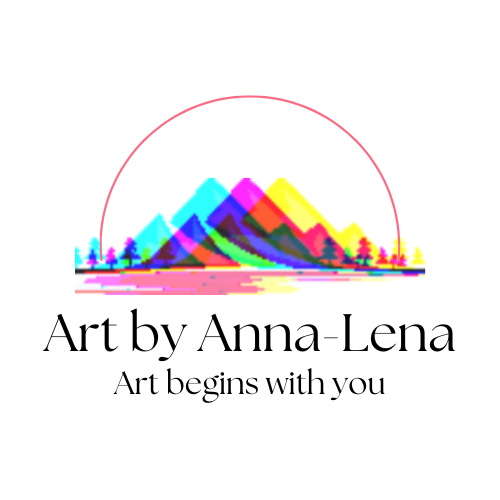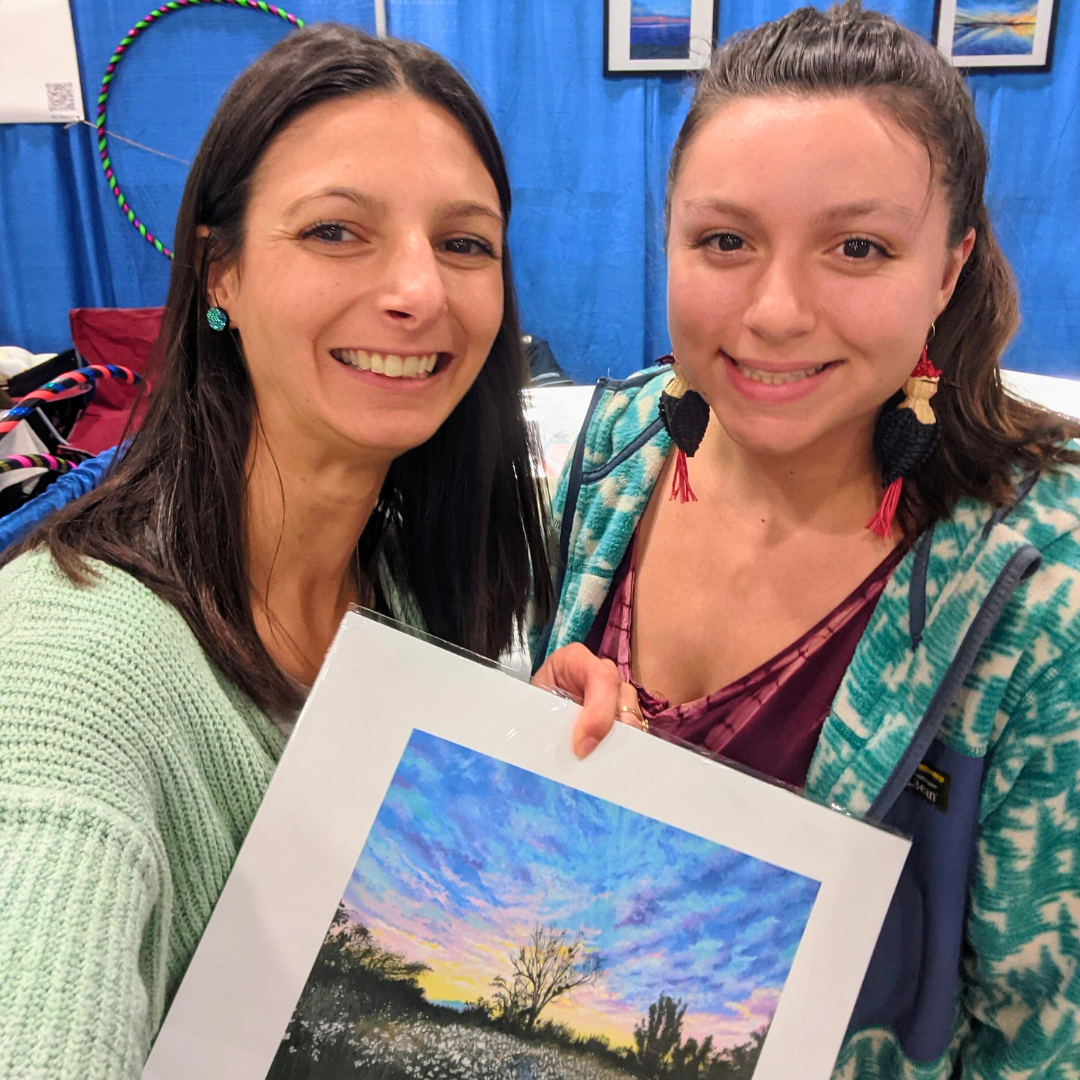Choosing the right reference photo can be difficult...

It doesn't have to be the perfect photo quality
It's not about simply painting over a photo, but about creating an expressive work of art.
In this blog post, I explain in detail what is important when choosing a photo template in order to achieve the best possible result and bring your experience in nature to life in a work of art.
How to find the right reference photo

Which adventure do you associate with special memories?
- Reflect on Your Experience: Think about the emotions and memories each outdoor adventure evokes. Consider which one stands out the most to you or holds the most significance.
- Consider Composition and Visual Appeal: Look for pictures with strong composition, interesting lighting, and captivating scenery. Consider elements like leading lines, focal points, and balance within the image.
- Focus on Personal Connection: Choose a picture that resonates with you personally. It might be a scene that reflects your favorite type of landscape, evokes a strong emotional response, or reminds you of a special moment.
- Think About the Story You Want to Tell: Consider what story or mood you want your painting to convey. Do you want to capture the tranquility of a serene lake, the excitement of a mountain peak, or the mystery of a dense forest?

Details are important
- Detail-Rich Photos Enhance Vividness: To create a vivid work of art, it's better if the photo contains many details. The richness of detail adds depth and realism to the final artwork, making it more captivating and engaging.
- Avoid Distorted Angles for Natural Proportions: Another important aspect is that the angle of the photo is not distorted. Distortions can make the proportions of the landscape look unnatural, detracting from the overall realism of the artwork. By ensuring that the angles are true to life, the final piece will maintain a sense of authenticity.
- Use Grid Function to Ensure Alignment: You can activate the grid function in your camera settings before you take the photo. This helps ensure that the composition is well-balanced and aligned, enhancing the overall aesthetic appeal of the artwork.
- Optimize Cell Phone Resolution for Subtlety Capture: If you take photos with your cell phone, make sure you have the best resolution activated to capture all the subtleties. Higher resolution allows for finer details to be captured, preserving the nuances of light, texture, and color in the scene. This ensures that the final artwork accurately represents the beauty and intricacies of your nature adventure.

Communication is key
- Importance of Sharing Background and Story: To create a living work of art, it's crucial that you share the background and the story behind the photo. This contextual information provides depth and meaning to the artwork, enriching the connection to the piece for you and others.
- Limitations of Cell Phone Photography: Most cell phones already take high-quality photos, but often they can't capture the moment as you experience it. For example, a sunset often looks different in a photo than it does in reality. This highlights the limitations of cell phone photography in accurately conveying the nuances of a scene.
- Customization Based on Personal Memories and Emotions: When we discuss your photo, we delve into your adventures, the emotions, and memories you associate with this experience. By understanding your personal connection to the scene, I can adjust the artwork to reflect your memories and emotions, creating a piece that is deeply meaningful to you.

Don't worry - I'll help you!
Finding the ideal reference photo can be a challenge, but I'm here to help you.
Together we'll choose the perfect image for your artwork.
Feel free to send me a selection of photos, even if they're not perfect, and let me know your favorites.
I look forward to creating a special memory for you.







